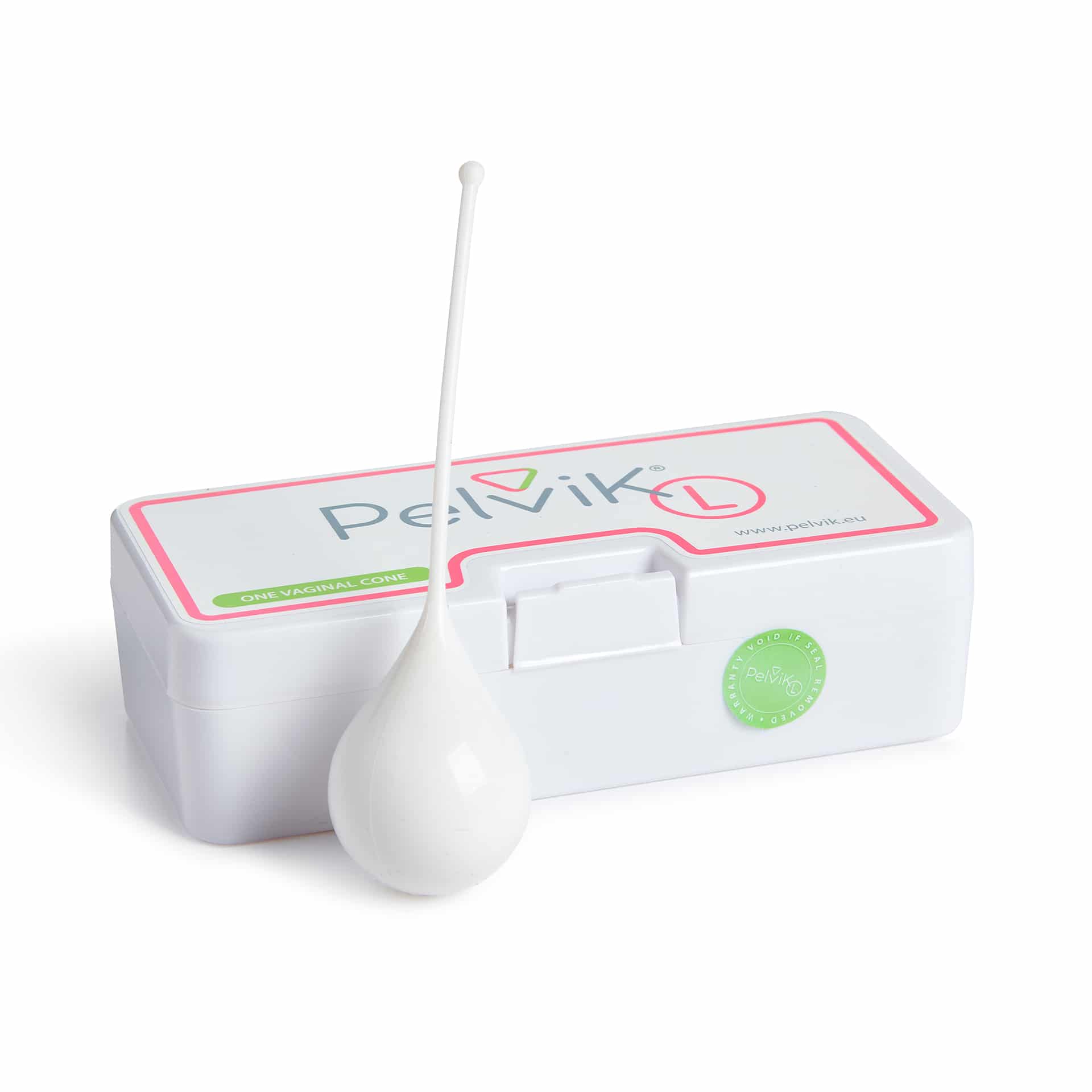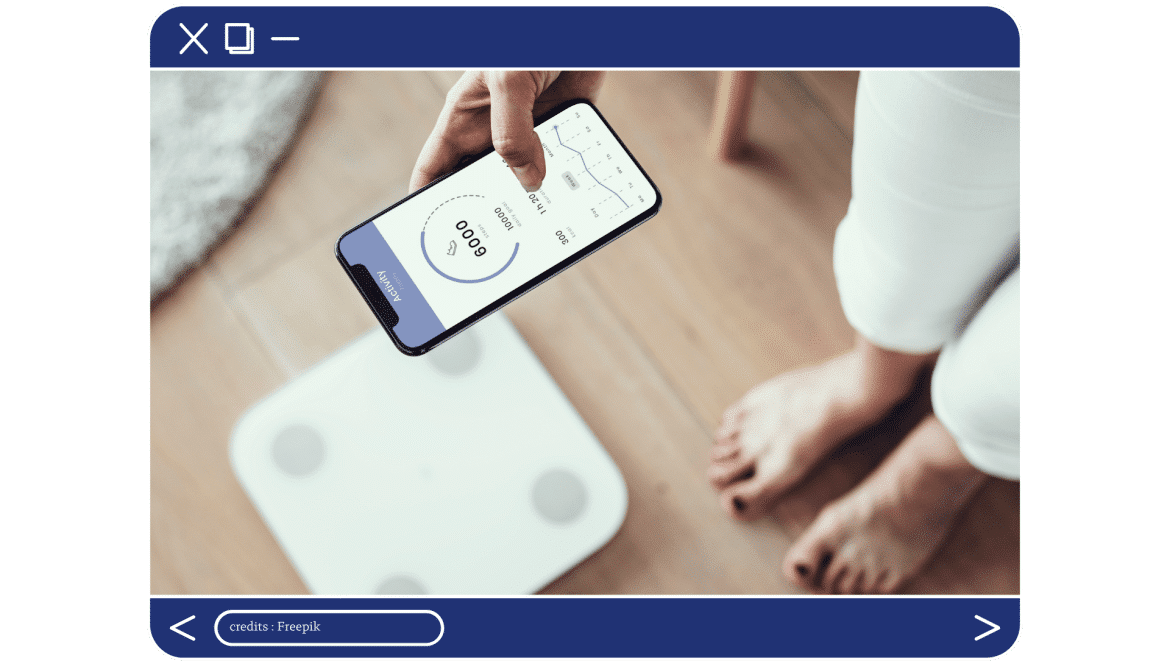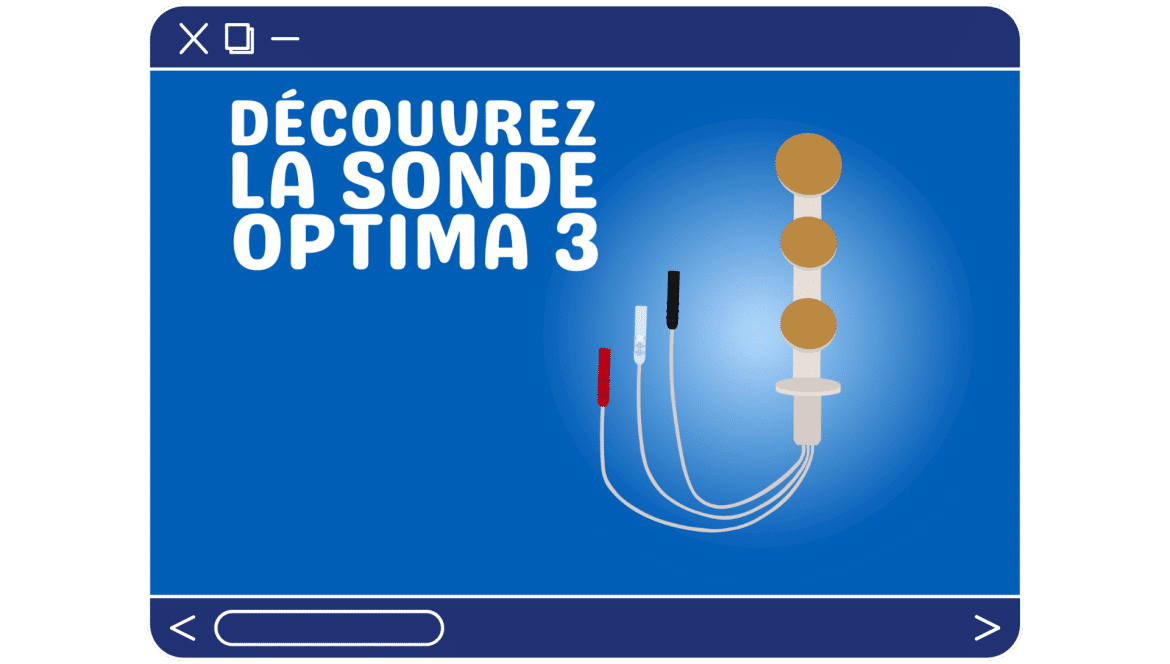Anal Rehabilitation Probes: An Effective Solution to Treat Incontinence and Improve Quality of Life

Anal Incontinence and Pelvic Floor Disorders: A Silent but Widespread Issue
Anal incontinence and pelvic floor disorders remain under-discussed issues, despite affecting millions of people. These conditions can result from childbirth, surgery, aging, or neurological disorders.
Fortunately, solutions exist to strengthen the pelvic floor muscles and regain sphincter control. Among them, the use of anal rehabilitation probes is an effective and non-invasive method to treat incontinence and improve quality of life.
What Is an Anal Rehabilitation Probe?
An anal rehabilitation probe is a medical device inserted into the rectum to stimulate the anal sphincter muscles and pelvic floor. It helps improve muscle tone and restore proper control over bowel movements.
There are two main types of probes:
🔹 Electrostimulation probes – These deliver low-intensity electrical energy to induce involuntary muscle contractions. They are particularly beneficial for patients with significant muscle weakness.
🔹 Biofeedback probes – These allow real-time visualization of sphincter and pelvic muscle contractions, helping patients become more aware of their muscular control and improve their rehabilitation.
Benefits of Anal Rehabilitation with a Probe
Using an anal rehabilitation probe offers multiple advantages:
✅ Effective treatment for fecal incontinence – By strengthening the muscles responsible for controlling stool and gas, it helps reduce or eliminate involuntary leaks.
✅ Improved muscle sensitivity – Patients gain a better perception and control of their muscle contractions.
✅ Reduced pelvic pain – By relaxing and rebalancing pelvic muscles, it can help alleviate discomfort related to pelvic floor hypertonicity.
✅ Prevention of rectal prolapse – By toning the pelvic muscles, it helps prevent or stabilize the descent of pelvic organs.
How to Use an Anal Rehabilitation Probe Properly?
Anal probe use should be supervised by a healthcare professional (physical therapist, doctor, midwife) or performed independently after proper instruction.
Here are some key recommendations:
🔹 Start gradually – Begin with 10 to 15-minute sessions, progressively increasing based on tolerance.
🔹 Adopt a comfortable position – Lying on your back with slightly bent legs helps with insertion and muscle relaxation.
🔹 Follow a consistent protocol – 3 to 5 weekly sessions over several weeks are recommended to observe significant improvements.
🔹 Combine with voluntary contractions – Kegel exercises targeting the pelvic floor can enhance the probe’s effects for optimal results.
Who Can Benefit from This Rehabilitation?
Anal probe rehabilitation is recommended for:
✔️ People suffering from anal incontinence (involuntary leakage of stool or gas).
✔️ Those recovering from anorectal or gynecological surgery that may have affected the pelvic floor.
✔️ Postpartum women, especially after a difficult delivery with perineal tears.
✔️ Patients with neurological disorders impacting sphincter control.
Conclusion
Anal rehabilitation probes provide an effective, accessible, and non-invasive solution for treating fecal incontinence and improving patient comfort and quality of life. By strengthening the pelvic floor muscles, they help restore control, confidence, and well-being.
-
More end conventional condoms
3,40 € ttc -
PERISIZE 4®
27,00 € ttc -
PELVIK L
29,00 € ttc -
EVOSTIM E®
340,00 € ttc -
RECTOMAX®
60,00 € ttc -
Latex-free condoms
13,08 € ttc












